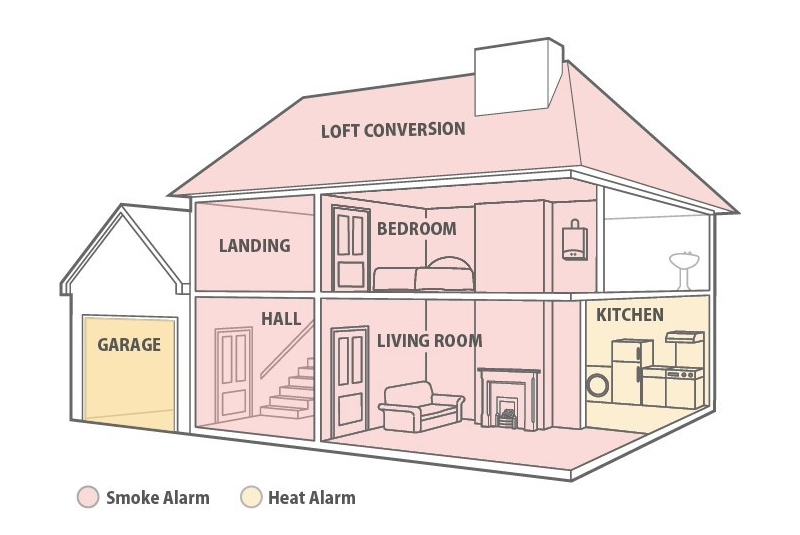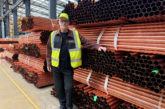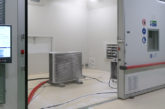
Following the aftermath of the Grenfell Fire tragedy, Scotland has reviewed its laws regarding the installation of smoke and carbon monoxide (CO) alarms.
Ian Ballinger, Certification Manager for FireAngel, has explored how legislations currently in place for England and Wales differ to Scotland and the potential changes that professionals should be aware of.
It is reported that Scotland and Northern Ireland have been at the forefront of providing their residents with higher levels of fire protection than the UK for some time.
Their Building Regulations are said to exceed those specified in England and Wales, with Scotland and Northern Ireland’s (NI) technical handbooks stating a minimum Category LD2 system is required, whereas in England and Wales a LD3 system is the minimum requirement.
LD3 requires the installation of smoke alarms in circulation spaces that form part of escape routes, such as landings and hallways, whilst LD2 also requires the installation of alarms in areas that are either high risk or the principle habitable room, such as a kitchen or living room.
Whilst Scotland has been ahead of England and Wales with regard to both fire and CO safety for a considerable time, it is now said to have taken this further following a consultation on the installation of fire and smoke alarms in Scottish homes.
The consultation sought views on potential changes to standards required for fire and smoke alarms in domestic properties in Scotland, which closed on 1 December 2017. This prompted the Scottish government to implement a change in the law regarding the installation of fire and smoke alarms.
The change, which is planned to be introduced by Autumn 2018, has been designed to provide a greater level of protection for all types of properties within Scotland, whether these are owned, privately rented or as part of a social housing scheme.
Whilst private landlords across the UK have more recently had stricter fire regulations, the legislation regarding social housing is described as being unclear, with many tenants said to be unsure of their legal rights regarding fire and CO safety. The aim is for all homes in Scotland to have an increased level of Fire and CO protection by the end of 2020.
This level of protection is significantly higher than the LD3 requirement specified for properties located within England and Wales, resulting effectively in a postcode lottery of protection determined by geographical location in the UK.
However, following the release of Dame Hackitt’s post-Grenfell report, which identifies that the current system of building regulations and fire safety as not fit for purpose, it acknowledges that the government is in the process of redrafting Approved Document B.
The review of Approved Document B is hailed a positive indication as the government is planning to make advancements in England and Wales’ fire and CO safety which, is hoped, will follow the same route as Scotland’s latest legislative changes.
Under the new changes to Scotland’s Housing Act, all homes should have:
- One functioning smoke alarm in the room frequently used by the occupants for daytime living purposes (such as a living room)
- One functioning smoke alarm in every circulation space on every floor, such as hallways and landings
- One heat alarm in every kitchen
- All of these alarms should be ceiling mounted and interlinked
- Carbon monoxide alarms should be fitted where there is a carbon-fuelled appliance or flue.
The updated regulations also specify that the smoke and CO alarms can be battery or mains-wired.
Scotland is also reported as making significant strides in terms of CO safety as it now requires the installation of alarms where a carbon-fuelled appliance or flue is present. England and Wales are also making advances in terms of CO safety, with the Housing Minister Dominic Raab’s latest review, looking to examine existing legislation to evidence whether it remains fit for purpose.
Currently, privately rented properties in England and Wales legally require landlords to install a CO alarm, but this is only if a solid fuel burning appliance such as an open fire or wood burner is present. However, privately owned homes and social housing properties do not fall into the same requirements.
Scotland’s Housing Act has taken this a step further and requires private landlords to install CO alarms in every room where there is any fixed combustion appliance which includes gas boilers. This approach is now being extended to social and privately owned households under the new legislation.
As the disparity between Scotland, England and Wales’ fire and CO protection continues to be brought into the spotlight, contractors and specifiers can ensure they are achieving complete compliance at all times by going above and beyond in the protection they provide. By installing interlinked smoke, heat and CO alarms in an LD2 system professionals can prepare themselves for any future updates in England and Wales’ legislation, whilst also enhancing occupier safety.













